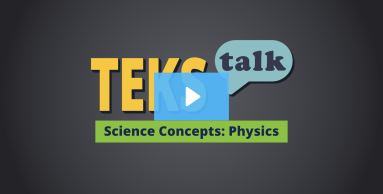
Knowledge and Skills Statement
Research
Murphy, Maureen Kendrick. "An Electromagnetic Spectrum for Millennial Students: Teaching Light, Color, Energy, and Frequency Using the Electronic Devices of Our Time." Journal of College Science Teaching 39, no. 6 (2010): 52-58. https://www.jstor.org/stable/i40116332
Summary: In this article, a comparison of student learning outcomes is made in sophomore-level physical science classes using a "traditional" pedagogical approach versus a "modern" approach. Specifically, when students were taught the electromagnetic spectrum using diagrams and examples that incorporate technological advances and electronic devices of our time, their learning outcomes increased significantly when compared with student learning outcomes from classes taught using a traditional pedagogical approach.
